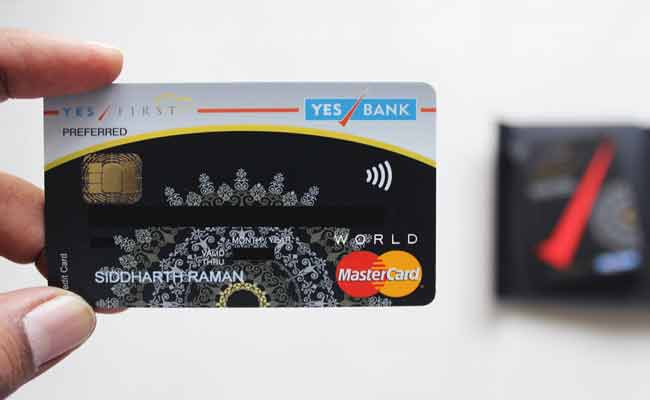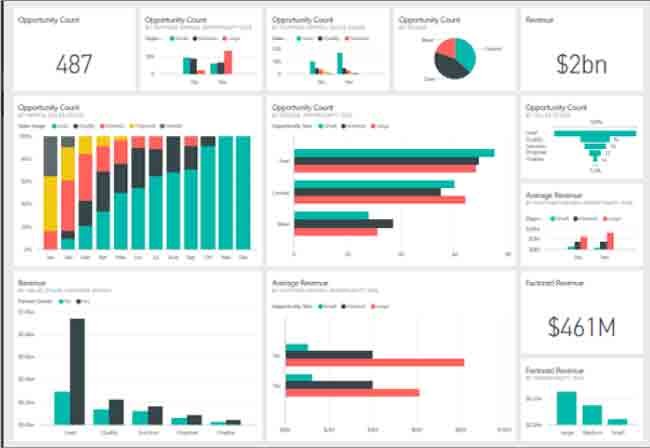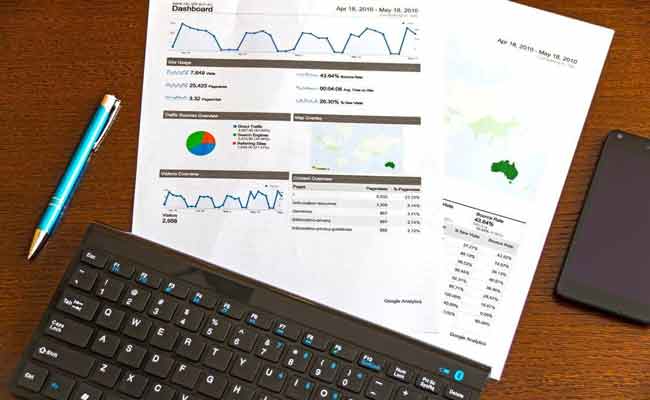When To Borrow From Your Home Equity
Owning a home is like holding a golden ticket—it’s not just a place to crash, but a financial powerhouse. By 2025, many homeowners are eyeing their equity as a way to unlock cash for big dreams or unexpected curveballs. But when’s the best time for tapping into this treasure chest? Borrowing against your property isn’t a decision to make on a whim—it’s a high-stakes move that demands sharp timing.
Should you grab a loan or a line of credit like a HELOC? Maybe a cash-out refinance? This guide dives into the nitty-gritty, offering strategies and tips to use your equity wisely. With interest rates fluctuating and market trends shifting, 2025 brings fresh opportunities and challenges. Ready to leverage your house’s value? Let’s unpack the considerations and advice to make smart moves.
Understanding Home Equity Basics
So, what’s the deal with accessing home equity? It’s the chunk of your property you truly own—your house’s market value minus what you owe on your mortgage. Think of it as the cash you’d pocket if you sold today. In 2025, with rates cooling from recent highs, many are itching to borrow this cash. But hold up—using it wisely means knowing the pros and cons.
Also Read: Risks Associated With Hard Money Loans
A second mortgage or HELOC can fund renovations or debt consolidation, but your home’s on the line if you miss payments. Eligibility hinges on requirements like a solid credit score (620 or higher) and at least 15-20% equity. Financing options vary, so comparisons are key. Curious if now’s the moment to draw funds? Let’s explore the process and scenarios to nail the decision.
When to Tap Your Equity in 2025
When should you take out a home equity loan or HELOC? Timing is everything. In 2025, forecasts suggest interest rates may dip, with HELOC averages potentially hitting 7.25%, per expert predictions. If you’re eyeing repayment stability, a fixed-rate loan shines for one-off expenses like renovations. Need flexibility? A HELOC lets you draw cash as needed, ideal for ongoing costs like college tuition.
Also Read: Advantages Of Home Renovation Loans
But beware—risks lurk. If market conditions sour or your house’s value drops, you could owe more than it’s worth. Strategic planning is crucial; don’t tap equity for frivolous wants. Providers like banks or lenders offer varied terms, so shop around. Got a plan to boost your property’s value or consolidate debt? That’s a green light. What’s your next move?
Benefits and Risks of Borrowing
Borrowing from home equity in 2025 can feel like a superpower, but it’s not without kryptonite. Benefits include lower interest rates compared to credit cards—think 8% versus 20%. Funds can fuel investment in property upgrades, potentially boosting value. Tax deductions might apply if you use the cash for home improvements. But the risks? Oh, they’re real. Your house is collateral, so missing repayment could mean foreclosure.
Also Read: Avoid These Mistakes If You Are Applying For A Business Loan
Market trends show HELOC balances climbing to $387 billion in 2024, signaling popularity but also pitfalls. If property values tank, you might end up “underwater.” Fees, like closing costs (2-5% of the loan), add up. Weighing advantages against drawbacks is a must. Got a steady income and a clear purpose? Go for it. Tempted by shiny toys? Pump the brakes.
Home Equity Loan vs. HELOC vs. Cash-Out Refinance
Choosing the right financing option in 2025 is like picking the perfect tool for a job. A home equity loan delivers a lump sum with fixed rates, great for predictable repayment on big projects. A HELOC, like a credit card, offers a line of credit for flexible withdrawal, but variable rates can spike. Cash-out refinance replaces your mortgage with a bigger one, handing you the cash difference—potentially at a lower rate but with new terms.
Each has pros and cons: loans for stability, HELOCs for availability, refinances for single payments. Eligibility often requires 15-20% equity and a 620+ credit score. Costs vary—HELOCs may have annual fees, while refinances hit with closing charges. Compare lenders like banks or firms to find your fit. Which suits your needs?
Eligibility and Application Process
Ready to access home equity in 2025? First, check if you qualify. Lenders like banks or institutions typically want at least 15-20% equity, a credit score of 620+, and a debt-to-income ratio below 43%. The application process starts with gathering documents: pay stubs, tax returns, and mortgage statements. An appraisal pins down your house’s value, impacting your loan limit.
Underwriting digs into your finances, so clean up credit errors beforehand. Approval can take weeks, with inspections ensuring property standards. Fees—like appraisal or origination—range from 1-5% of the loan. Some providers waive these, so shop around. Submit forms accurately to avoid delays. Curious about your chances? Use a calculator to estimate eligible funds. Got your paperwork ready? You’re one step closer to unlocking cash.
Interest Rates and Repayment Terms
In 2025, interest rates for home equity products are a big deal. Experts forecast HELOC rates dropping to 7.25% and home equity loans around 7.90%, thanks to Federal Reserve cuts. Repayment terms vary: loans offer fixed rates and 5-30 year schedules, ensuring predictable payments. HELOCs, with variable rates, have a 10-year draw period where you borrow as needed, followed by a 10-20 year repayment phase.
Limits cap borrowing at 80-90% of your home’s value. Conditions like steady income and good credit affect approval. Costs include closing fees (2-5%) and potential penalties for early closure. Smart planning means aligning terms with your budget. Can you handle two mortgage payments? Use a calculator to map expenses. Stay informed with market updates to lock in the best deal.
Smart Uses for Home Equity Funds
How should you utilize home equity funds in 2025? Smart uses boost your financial health, not your toy collection. Investing in property renovations—like a kitchen redo—can spike your house’s value, often yielding high returns. Consolidating high-interest debt (like credit cards at 20%) into a loan or HELOC at 8% saves cash long-term.
Funding education or a business venture? That’s a strategic move if it promises income growth. But don’ts matter too: avoid using funds for vacations or luxury splurges—your home’s on the line. Tax benefits may apply for improvement-focused loans, per IRS rules. Plan wisely to sidestep pitfalls. Need inspiration? Think practical: enhance your property or secure your future. What’s your main goal for that cash? Weigh the impact before you draw.
Common Mistakes to Avoid
Tapping home equity in 2025 can be a game-changer, but mistakes can turn it into a nightmare. One big pitfall: borrowing more than you can repay. Your house is collateral—missed payments risk foreclosure. Don’t ignore market trends; if property values drop, you could owe more than your home’s worth. Another error? Skimping on comparisons. Lenders vary in rates, fees, and terms—shop around to avoid overpaying.
Overlooking closing costs (2-5% of the loan) can strain your budget. Using funds for non-essential splurges, like a fancy car, is a trap. Know the basics: HELOCs have variable rates, so budget for changes. Need guidance? Consult a financial advisor to dodge complications. What’s your plan to stay safe? Double-check your math and priorities before signing.
Market Trends and Forecasts for 2025
What’s the outlook for home equity borrowing in 2025? Market trends show HELOC balances hit $387 billion in 2024, and demand’s climbing. Federal Reserve rate cuts—three in 2024—have HELOC rates dipping, with projections of 7.25% averages. Home equity loans may hover near 7.90%. Homeowners, locked into low mortgage rates, are shying away from cash-out refinances, making HELOCs a go-to for accessing cash.
Lenders are loosening criteria, offering promotional rates to attract borrowers. But risks persist: property value drops could trap you in debt. Insights from experts suggest renovations are driving demand, as folks upgrade rather than move. Stay updated with resources like Bankrate for real-time data. Curious about future shifts? Monitor economic signals and consult a professional to time your move.
Alternatives to Home Equity Borrowing
Not sold on home equity loans or HELOCs? Alternatives exist. Personal loans don’t risk your house, but interest rates are higher (12-20%) and limits lower. Cash-out refinance swaps your mortgage for a bigger one, potentially at a lower rate, but closing costs sting. For those 62+, a reverse mortgage pays you monthly without repayment until you move—but it reduces equity.
Credit cards offer quick cash, but sky-high rates make them a last resort. Each option has trade-offs: security vs. cost, flexibility vs. risk. Assess your needs—is borrowing essential? Compare providers like banks or credit unions for terms. Need funds for a specific purpose? Explore substitutes like savings or grants. What’s your backup plan if equity tapping feels too risky?
Steps to Apply for a Home Equity Loan or HELOC
Ready to borrow from your home equity in 2025? Follow these steps. First, check your eligibility: ensure 15-20% equity, a 620+ credit score, and a debt-to-income ratio under 43%. Next, gather documents—pay stubs, tax returns, mortgage statements. Compare lenders (e.g., banks, credit unions) for rates, fees, and terms. Use a calculator to estimate loan or HELOC limits. Submit an application, including forms and paperwork, to your chosen provider.
An appraisal will assess your house’s value, followed by underwriting to verify finances. Approval may take weeks, with inspections ensuring property standards. Once approved, sign the contract and access funds. Need clarity? Consult a broker or advisor for guidance. What’s your next action to secure that cash? Double-check details to avoid hurdles.
Working with Lenders and Advisors
Picking the right lender or advisor in 2025 is like choosing a trusty co-pilot. Banks, credit unions, and firms offer home equity loans or HELOCs, but terms vary. Compare rates, fees (like origination or annual), and repayment conditions. A specialist or consultant can guide you through options, ensuring compliance with regulations. Brokers connect you to multiple providers, often saving time. Ask about safeguards—like insurance or protections—to secure your deal.
Reviews on sites like Bankrate reveal lender reliability. Need personalized insights? Schedule consultations to discuss scenarios. Verify credentials to avoid scams. What’s your priority—low costs or flexible terms? Engage with professionals who align with your goals. Stay proactive: question clauses and confirm details before signing. Your house deserves the best care.
Legal and Regulatory Considerations
Borrowing home equity in 2025 comes with legal strings. Regulations like the Truth in Lending Act ensure transparency in loan terms. You’ve got a three-day cancellation right for HELOCs or home equity loans, per federal law, if it’s your primary residence. Compliance with standards—like appraisal rules—protects borrowers. Restrictions cap borrowing at 80-90% of home value. Violations, like discriminatory lending, can be reported to the Consumer Financial Protection Bureau.
Contracts must detail fees, rates, and repayment clauses. Insurance coverage, like homeowners’, is often required. Need clarity? Consult a legal advisor to navigate stipulations. What’s your plan to stay compliant? Review agreements with a fine-tooth comb to avoid surprises. Knowledge of laws is your shield—use it to secure your deal.
Long-Term Financial Planning
Tapping home equity in 2025 isn’t just a quick cash grab—it’s a long-term play. Strategic planning ensures you leverage funds without jeopardizing stability. Use loans or HELOCs to boost property value or pay off high-interest debt, but avoid frivolous spending. Repayment terms—5-30 years for loans, 10-20 for HELOCs—demand budgeting. Market forecasts suggest rates may stabilize, but property value drops are a risk.
Build an emergency fund to cover payments. Need guidance? A financial advisor can map your future. What’s your vision? Align borrowing with goals like retirement or investments. Monitor trends via resources like Investopedia. Stay disciplined: prioritize essentials and sidestep pitfalls. Your house is a tool—wield it wisely for lasting gains.
Expert Tips and Resources
Navigating home equity borrowing in 2025? Expert tips light the way. Start with a calculator to estimate loan or HELOC limits—sites like Bankrate offer free tools. Compare lenders for rates, fees, and terms; promotional offers may save cash. Avoid overborrowing—stick to needs, not wants. Consult a financial advisor or broker for tailored advice. Resources like Investopedia or Consumer Financial Protection Bureau explain basics and regulations.
Monitor market trends—Federal Reserve moves impact rates. Need clarity? Join online forums or read reviews on lender reliability. What’s your next step? Build knowledge with guides or tutorials. Stay informed to dodge pitfalls and seize opportunities. Your house equity is powerful—use it with precision and care.
Conclusion: Making Informed Decisions
Borrowing home equity in 2025 can unlock cash for life’s big moments, but it’s a high-stakes game. Timing, market trends, and personal finances shape smart decisions. HELOCs, home equity loans, or cash-out refinances each offer unique benefits and risks. Weigh pros like lower rates against cons like foreclosure dangers. Eligibility, repayment terms, and fees demand scrutiny.
Expert insights and resources guide safe moves. Need to renovate, consolidate debt, or invest? Go strategic. Tempted by luxury splurges? Hit pause. Your house is a financial asset—tap it with care. What’s your plan? Use calculators, consult advisors, and stay informed to nail 2025 borrowing. Make choices that build wealth, not stress. Ready to act?




